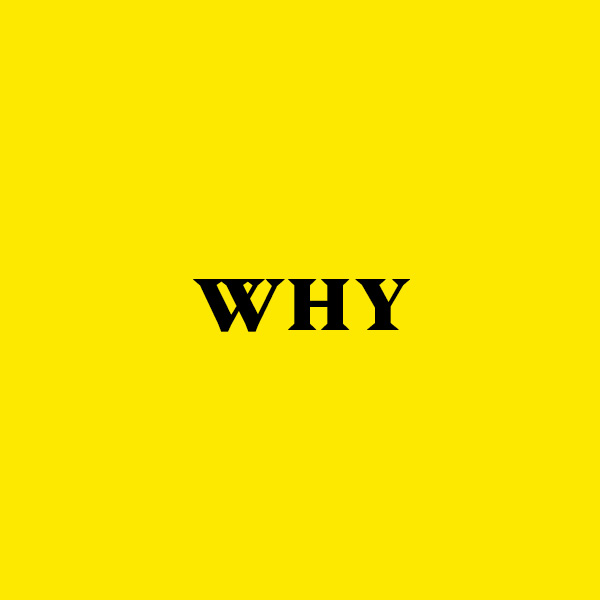Project Description
Why

Printing R-Evolution 1450-1500. Fifty Years that Changed Europe
Why
Why is printing important? Because it was via physical books that ideas and knowledge spread around the world, until the invention of the internet 30 years ago.
Printing with woodblocks started in China in the 9th century. Four hundred years later, metal movable-type printing began to be used in Korea, but it is in Europe that printing became a revolution. Until the 1450s, books were written by hand. But in c. 1455, the Gutenberg Bible was printed in Mainz, changing society forever. In fifty years, millions of printed books circulated around Europe. Half a million of these still survive today.
Europe before the invention of printing
The role of monastic culture in the transmission of knowledge
The copying of manuscripts of the classical and early Christian tradition which went on in the monasteries of Europe during the Middle Ages preserved these fundamental works to posterity. Many of these works were eventually set in print in the 15th century. However, already in the later Middle Ages, the development of diverse forms of city life, international trade, and universities, multiply the production and use of books
Europe before the invention of printing
A selection of 15th-century manuscripts from the Marciana and Correr collections in Venice present the demand factor. These are manuscripts of Education, Astrology and Astronomy, Law, History, Trade and Ship making, Latin and Italian Classic literature (Livy, Cicero, Boccaccio, Petrarch), Religious literature, Medicine, popular as well as for the university, Geography. Some are precious but the majority are ordinary
15th-century Europe was full of books written by hand, manuscripts, some precious, many ordinary. They were written not only for royalty, aristocrats, and monks… 🙂 but for students, lawyers, physicians, traders, shopkeepers, men, women and children, religious and lay. There was a demand for more and more books.
But what else occurred for the invention to become a revolution?
Technically, large availability of paper, to scale up the production of books, first in manuscript form, then in print.
The production of paper was invented in China in the 2nd century. By the 8th century paper was manufactured in the Middle East. During the 9th century it spread to Egypt and North Africa, by the 10th century it had been introduced to Southern Spain and by the 11th century it was manufactured there (Xativa). Arabic and Spanish paper is attested in Sicily since 1109, and in the rest of Italy in the 13th century. Fabriano, the oldest paper mill in Italy, founded in 1276 and still functioning today, introduced innovative elements, such as the watermark, which increased the quality and quantity of the production process. The Corpus Chartarum Fabriano (CCF) is a database of their watermarked paper.
Miliani paper mill, Fabriano
How paper was made and watermarks inserted
The vast majority of printed books, like the manuscripts of the 15th century, were printed on paper, significantly cheaper as support material than the parchment (made from animal skins) used in the earlier centuries.
